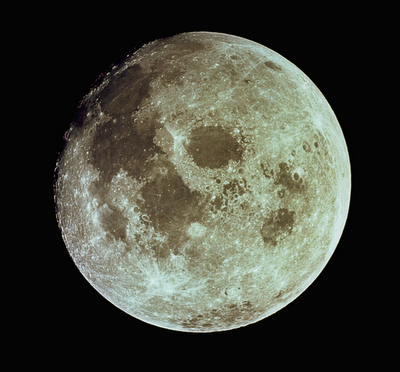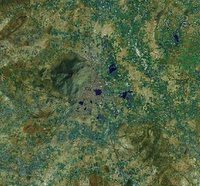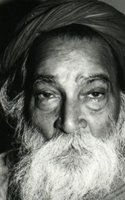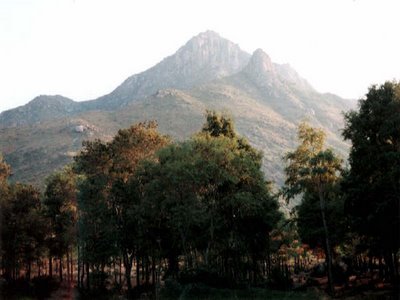
What follows is something I read today that perfectly expresses the impact of sacred sites upon the human psyche.
'There is a presence or numinosity (a spiritual elevation) at sacred sites that account for the extraordinary - and often miraculous - experiences that human beings have on pilgrimage. This presence may be described as a field of energy, a spiritual ambiance, or a density of holiness that saturates and surrounds the sacred sites. When humans enter into these fields, they may experience a variety of physical, mental, emotional and spiritual effects. Which of course begs the question: How may we explain or account for these mysterious energy fields? What factors contribute to their presence and powers?
What Makes a Place Sacred?
There are distinct factors that contribute to the localized energy fields of sacred sites. Those can be divided into three main categories: influences of the Earth; influences of the structures that humans have built at the sacred sites; and influences caused by the accumulated power of focused human intention.
The first main category Earth influences relates to the geophysical characteristics of the sacred sites, including localized magnetism, radioactivity, geothermal activity, the presence of underground water, ionization, and ultrasound. The aesthetic qualities of the sacred sites can also be included in this category. Beautiful and unusual surroundings have always had transformative effects on humans.
The second category of factors contributing to the power of sacred sites concerns the design, construction, and ornamentation of the structures that humans have placed there. A particularly fascinating example is the sacred geometry used in the construction of the temples, mosques and cathedrals at certain locations; ancient people, deeply observant of the mathematically repeating patterns of nature, sought to encode those patterns and proportions in the architecture they created at the sacred sites. Similar to how mathematically precise shapes of musical instruments create specific sounds, the purposeful shapes of sacred structures assist in generating specific fields of energy and influence. Contributing to and amplifying these fields of influence, ancient architects and craftsman also used sound, light, aromatic substances, jewel-encrusted icons, and mineral-plated sculpture.
A third factor contributing to the potency of the sacred sites is the concentrated power of human intention. As photographic film records the energy of light and audio tapes record the energy of sound, the Earth itself can record the energy and intention of the millions of humans who have visited a sacred site. Within the shrines and sanctuaries, priests, priestesses, and pilgrims have gathered for thousands of years; their dancing, chanting and praying have continuously charged the fields with love and peace, healing and divinity. The megalithic stone rings, healing springs, sacred mountains, Mayan temples, Gothic cathedrals, and Egyptian pyramids are repositories of the concentrated spiritual aspirations and attainments of humanity. Here, too, are the places where Buddha, Jesus, Mohammed, and other sages and shamans awakened to the deepest realizations of spiritual wisdom.
It is highly beneficial for people to make pilgrimages to sacred sites as these legendary places have the mysterious capacity to awaken and catalyze within us compassion, wisdom, peace of mind, and respect for the Earth.'














